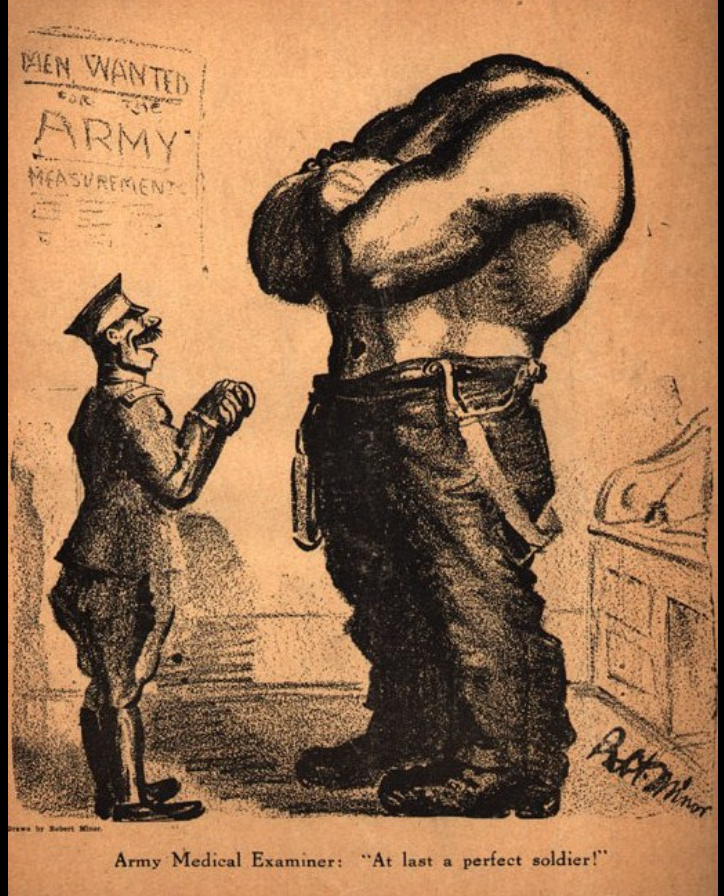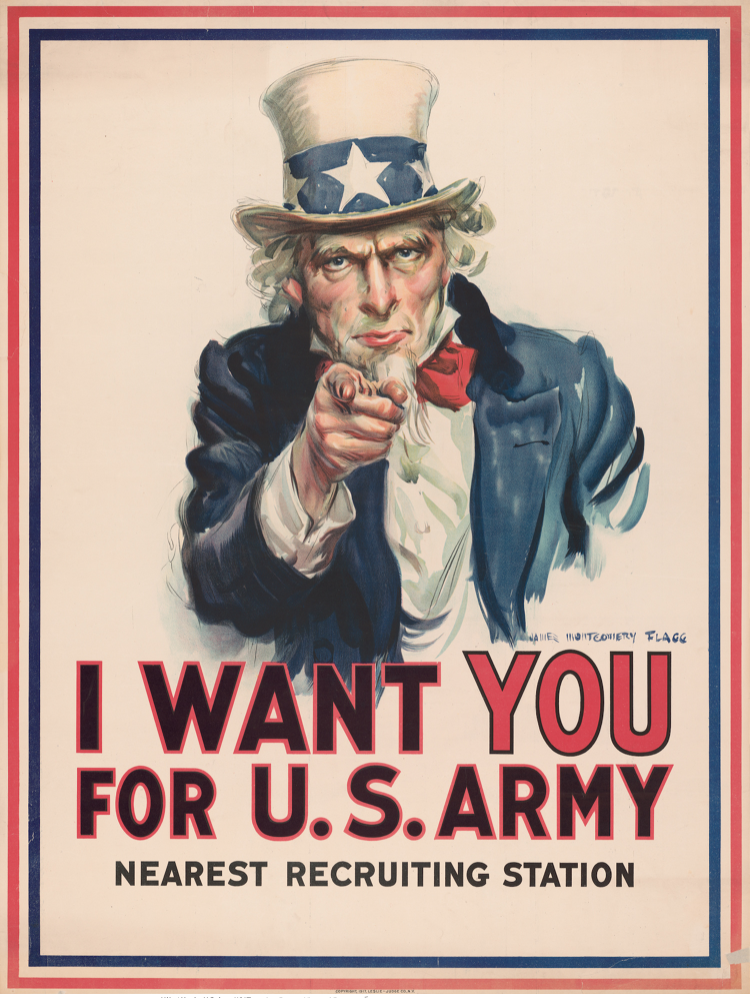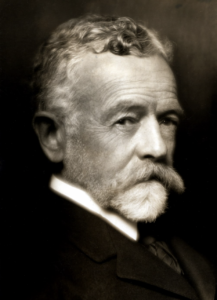How did World War I reshape the United States?
American Yawp, Chapter 21: World War I and Its Aftermath
- I. Introduction
- II. Prelude to War
- III. War Spreads through Europe
- IV. America Enters the War
- V. On the Homefront
- VI. Before the Armistice
- VII. The War and the Influenza Pandemic
- VIII. The Fourteen Points and the League of Nations
- IX. Aftermath of World War I
- X. Conclusion
- XI. Primary Sources
- XII. Reference Material
Image Gateway
How do these images illustrate the landscape of homefront opinion during the First World War?
President Woodrow Wilson and the State of the Union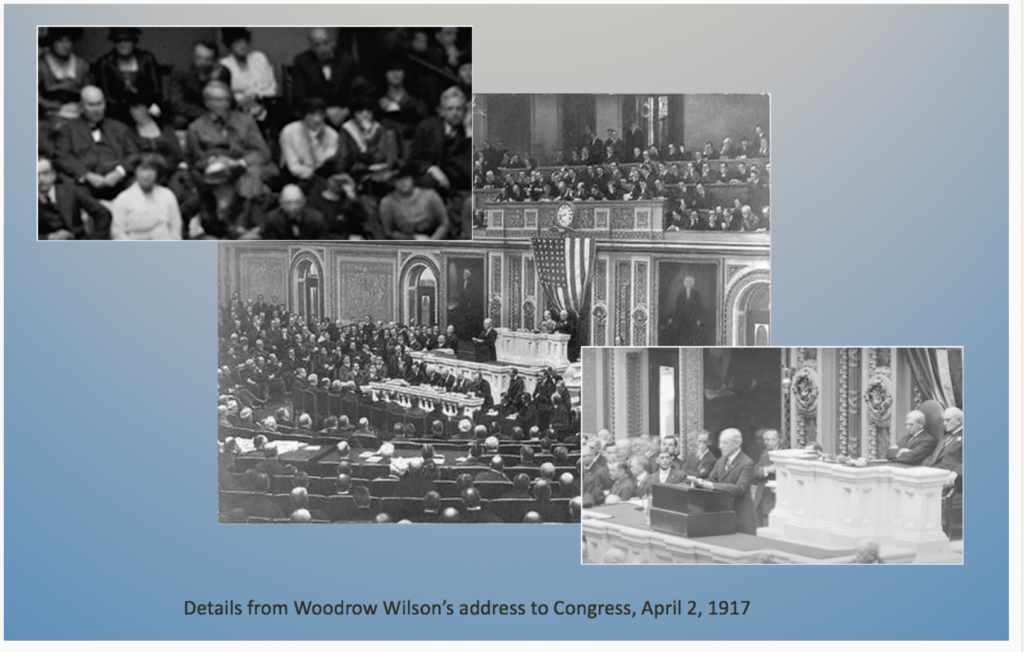
Overview
During the First World War and its aftermath, American women finally gained the right to vote and American men went abroad to fight in the First World War. Meanwhile, the rapid pace of technological and industrial change only seemed to be accelerating. No single figure can capture this turbulent period, but any serious student of the age must come to terms with President Woodrow Wilson, the first southerner elected to the White House since the Civil War era, and arguably the strongest national executive since Lincoln. The Wilson administration spearheaded an avalanche of progressive domestic legislation and yet his presidency came to be defined by foreign affairs. Wilson struggled to define the American role in the world, first in places such as Mexico and Latin America, and then in the grave European conflict that became World War I. Wilson was a progressive and natural reformer, but he was ambivalent about women’s rights and found himself embroiled in a series of controversies as suffragists such as Alice Paul and her National Woman’s Party used the backdrop of US involvement in the First World War to press for universal voting rights. The clash of wills was immense, but ultimately Paul and her group, and the much larger National American Woman Suffrage Association (NAWSA), led by Carrie Chapman Catt, prevailed and secured passage of the proposed voting rights amendment from Congress in June 1919, and ratified by the states about a year later, in August 1920. That was also a period marked by a ferocious battle of the Treaty of Versailles, which had ended the First World War and established a framework for a new League of Nations. Wilson helped write that treaty and pressed vigorously for it, even at the cost of his own health, but ultimately, the US Senate rejected the treaty in 1919 and again in March 1920. The US never joined the League of Nations, but it was intimately involved in European and global affairs from that point forward.
US Entry into World War I
Student-produced map for Coming of WWI (Imran Hasan)
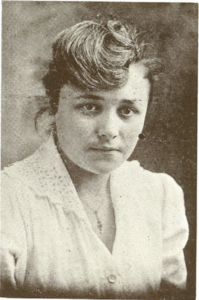 Lutiant (Lavoye) Van Wert describes Spanish Flu pandemic
Lutiant (Lavoye) Van Wert describes Spanish Flu pandemic
“The first one that died sure unnerved me–I had to go to the nurses’ quarters and cry it out. The other three were not so bad. Really, Louise, Orderlies carried the dead soldiers out on stretchers at the rate of two every three hours for the first two days were there. Two German spies, posing as doctors, were caught giving these Influenza germs to the soldiers and they were shot last Saturday at sunrise. It is such a horrible thing, it is hard to believe, and yet such things happen almost every day in Washington.”
Treaty of Versailles Debate (1919-20)
-
Wilsonians (Robinson)
- Reservationists (Lodge)
- Irreconciliables (Borah, Johnson, LaFollette)
Timeline of votes:
- November 18, 1919: 8 to 55 for treaty with reservations
- November 19, 1919: 38 to 53 for Wilson’s treaty
- March 19, 1920: 49 to 35 for Wilson’s treaty // (56 required for 2/3 super-majority)
Discussion Questions
- Lodge and Wilson were both internationalists. So why did they destroy the greatest accomplishment of American internationalism to that point in time?
- Does this American treaty-making and treaty-ratifying system deserve any blame for this tragic outcome?

